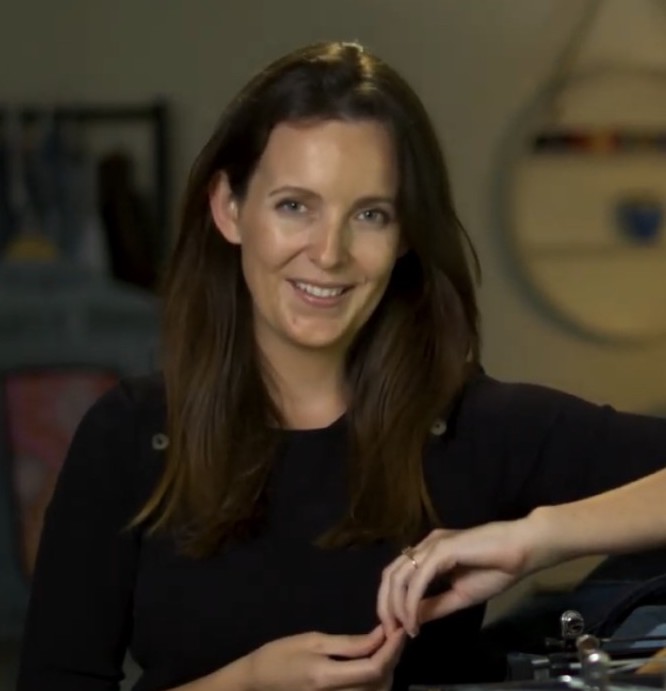The end of a turbulent year in property markets – and what to expect from 2023
All Australians have had to adjust to increased cost of living, but it’s mortgage holders who’ve copped an additional - and for some, painful - financial hit.
Borrowers didn’t experience a single change to the cash rate in 2021, as it sat at its historic low 0.1%. But in May this year, the Reserve Bank of Australia began a rapid hiking cycle in a bid to wrangle in out-of-control inflation.
Interest rates up, with more to come
Month after month, the increases kept coming. We end 2022 with a cash rate of 3.1%, which is the highest it’s been in a decade.
Shane Oliver, chief economist at AMP, said the RBA’s actions have taken variable mortgage rates to their highest levels since 2012.
“In other words, roughly 10 years of falling mortgage rates have been reversed in eight months,” Mr Oliver said.
PropTrack executive manager of research Cameron Kusher said those aggressive increases have changed the landscape for a whole generation of borrowers.
“Interest rates for most of my career have been falling, and not necessarily falling particularly fast,” Mr Kusher said.
“I probably have to go all the way back to the Global Financial Crisis, so 2008, to when we saw a market change so much in such a short period of time and interest rates rise so rapidly.”
“So, it has been a very different year for the housing market and it's making the environment tougher because a lot of people are experiencing higher rates and challenges meeting serviceability requirements.”
Mr Oliver said the rise in rates is now well above the 2.5% interest rate serviceability test that applied for borrowers until October last year – and now equal to the 3% that’s applied since.
“So many recent home borrowers will now be seeing rates above the levels their serviceability was tested at when they took out their loan,” he said.
Lenders are still required to apply a 3% serviceability buffer on top of the current interest rate, so a buyer wanting to borrow on a 5% interest rate would need to prove they could handle repayments if their interest rate shot to 8%.
Borrowing capacity has fallen drastically as a result – by up to 30% since April.
Mr Kusher said it might be time for the banking watchdog to revise the serviceability buffer as the cash rate approaches its forecasted peak.
Refinancing hits an all-time high
The significant increase in interest rates prompted more mortgage-holders than ever before to seek a better deal.
Data from the Australian Bureau of Statistics shows the value of owner-occupier refinancing hit an all-time high of $12.5 billion in August.
The latest data from October shows $12.18 billion in loans were refinanced.
Despite the softer October figure, Katherine Keenan, ABS finance and wealth spokesperson, said monthly owner-occupier refinancing between lenders has remained above $12 billion since June.
That’s much higher than pre-pandemic levels.
"The RBA cash rate increased 225 basis points between June and October 2022, which coincided with a greater number of borrowers seeking loans with lower interest rates from competing lenders,” Ms Keenan said.
Opportunities for 2023
Unfortunately, interest rates are expected to keep increasing next year, just not at the rapid pace they did this year.
Fortunately, competition between the banks for business doesn’t appear to be going away and Mr Kusher believes there’s opportunity in that.
“I think the best piece of advice is you need to be prepared to shop around for a better mortgage deal, especially as interest rates are changing,” he said.
“And obviously, with property prices coming off, there may be some opportunities for people to purchase properties a lot cheaper than they were at the start of this year.”




